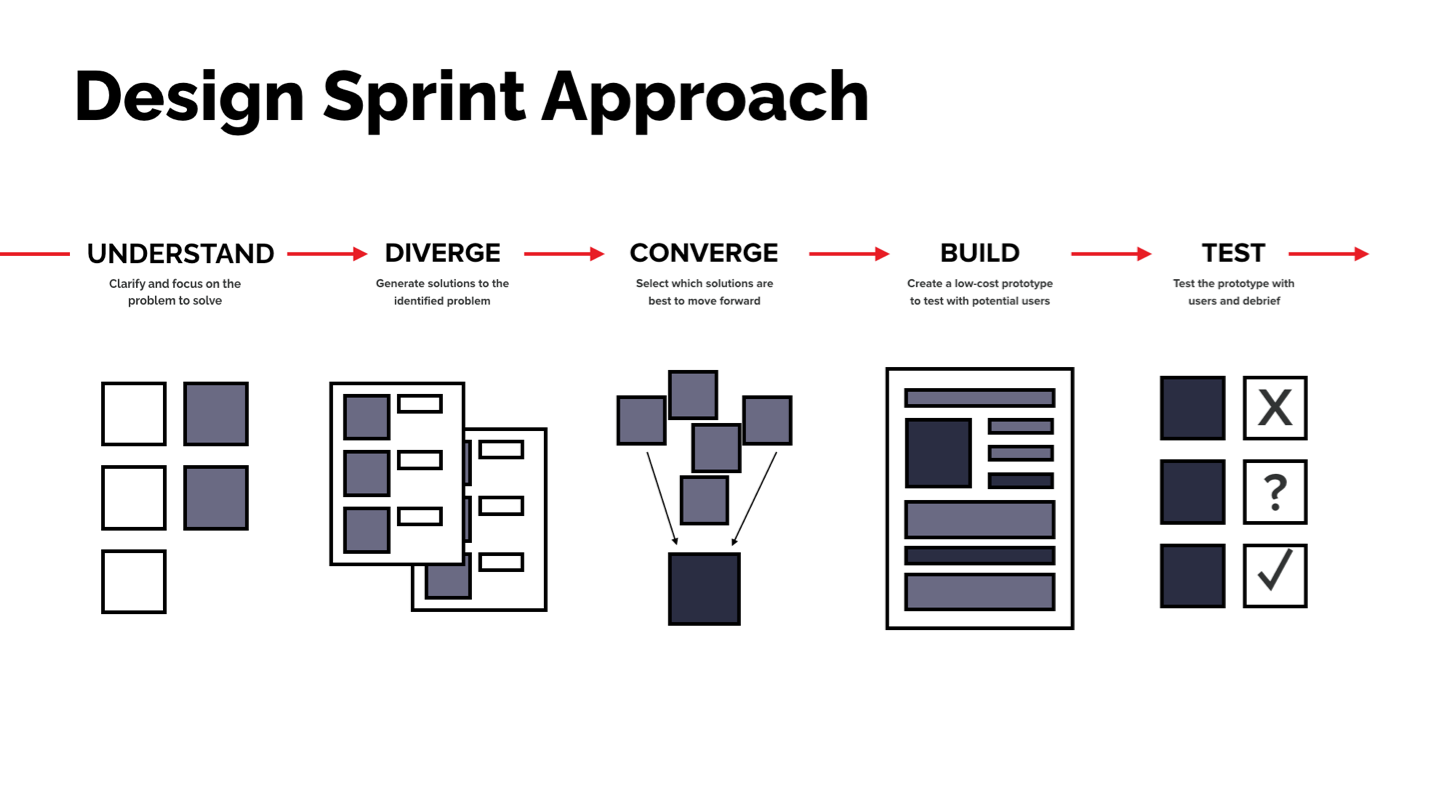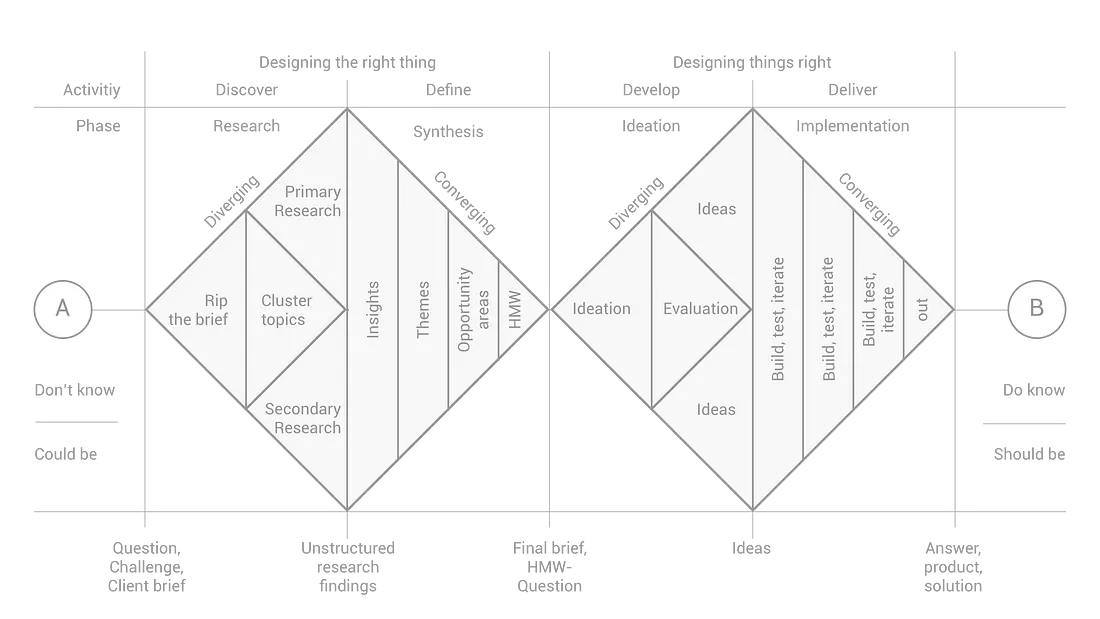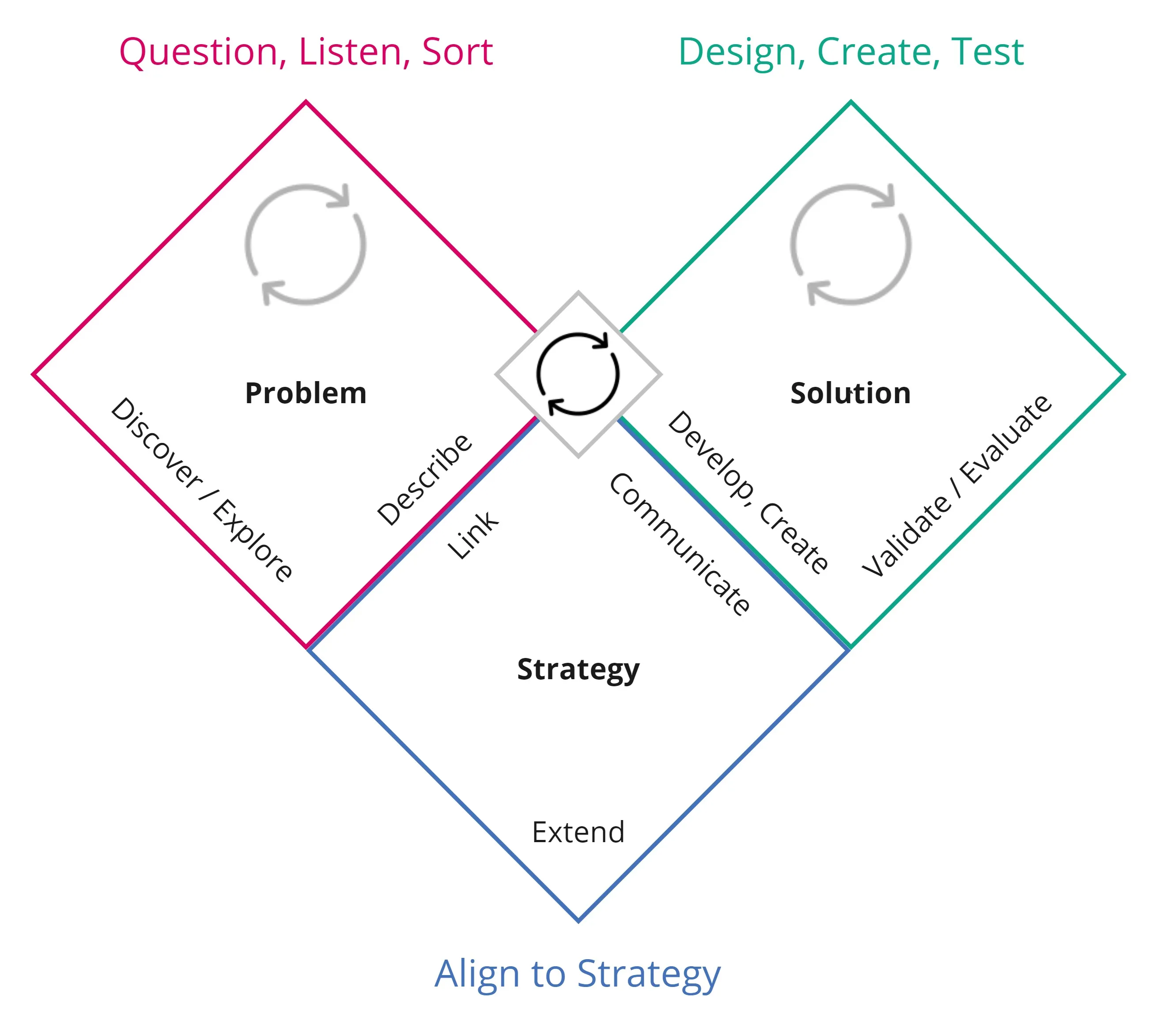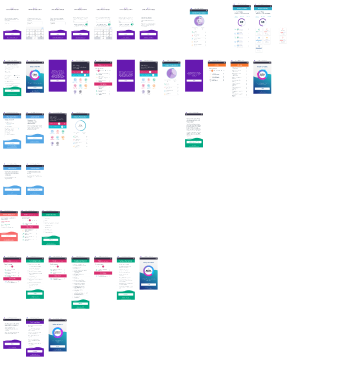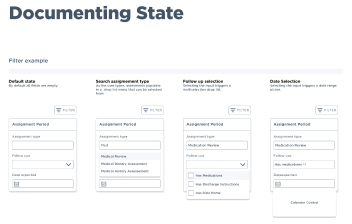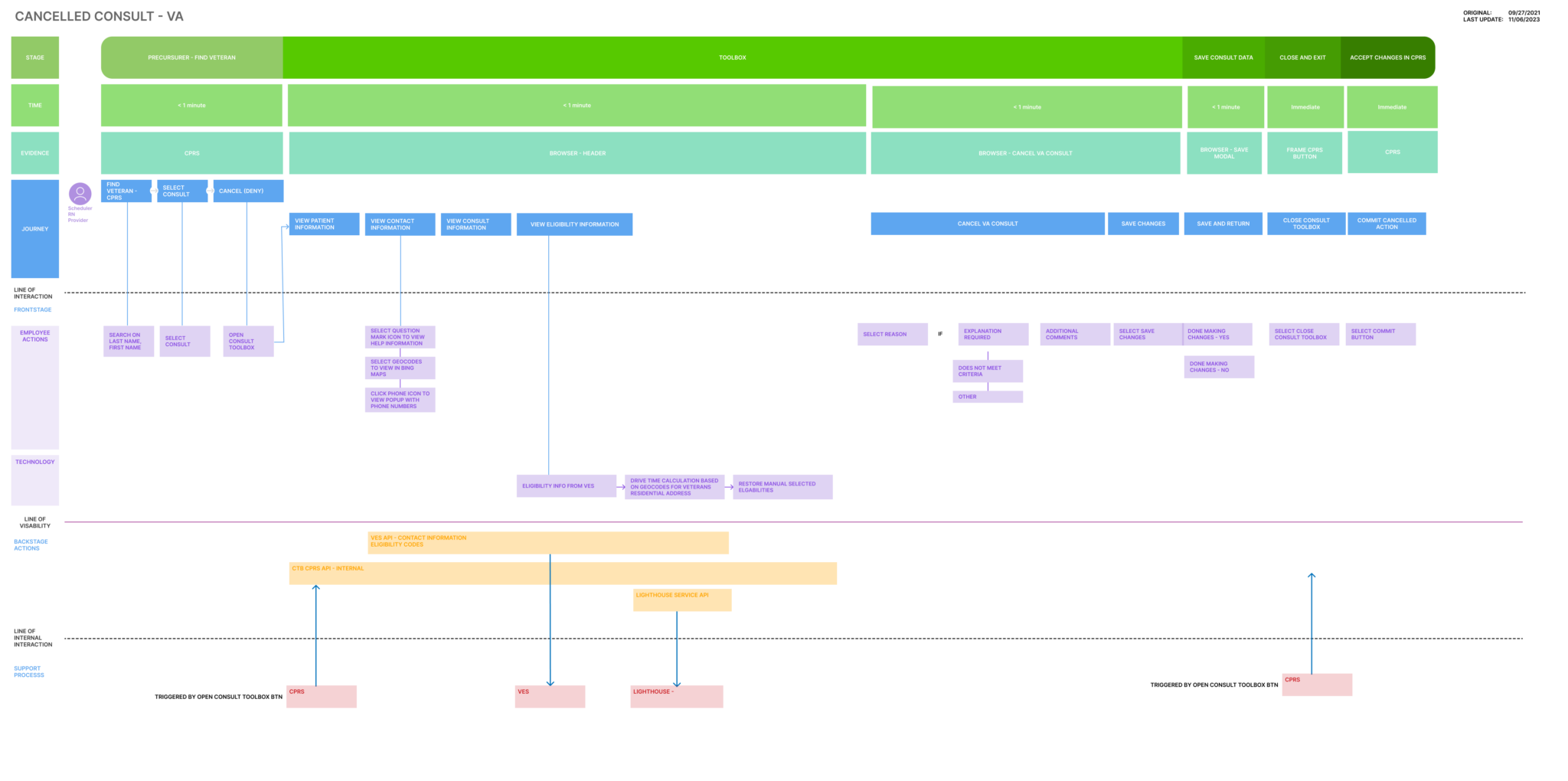Establish empathy together as a team
Empathy is the thread that stitches the fabric of a successful product together. When we, as a team, deeply understand our users' needs and desires, we're able to weave their benefit into every aspect of the product. By increasing our team's exposure to users, we're not only gaining valuable insights but also fostering a deeper connection between the user and the product itself. This, in turn, leads to increased user satisfaction and loyalty – a true win-win for everyone involved
Collectively define and agree on problems
Before diving into solutions, take the time to deeply understand users' problems. Empathy first, solutions later. This allows for the creation of a solid foundation for innovation and collaboration. Build on insights that empower us to develop creative, effective solutions. This approach not only leads to better outcomes but also builds trust, motivation, and a sense of ownership among all team members. Slow down, listen carefully, and take the time to truly understand the challenge – and then watch as we shine together.
Team Ideation
Great ideas can come from anyone on the team! Waiting for one person to create the perfect solution can lead to bias and slow down the process. Instead, let's harness the collective genius of our team by using exercises designed to generate a flood of ideas quickly. This approach not only encourages collaboration but also ensures that diverse perspectives are brought to the table. By embracing this mindset, we'll accelerate innovation, foster creativity, and create solutions that truly resonate with our users.
Fake it until you can make it.
Get close to the real deal quickly, then test and iterate. We're seeking feedback on the idea, not a polished design. By minimizing upfront time and effort, we can reduce risk and increase the chances of delivering something truly valuable to our users. Let's test with real representative users early on, gather insights, and refine our approach as needed. This approach will help us stay focused on the user's needs while ensuring we're building a solution that meets their expectations.
Measure twice, cut once
To truly succeed in design, we can't just stop at one iteration. We need to learn from our users, learn from our team, and continually refine our approach. With each pass, our process will mature, and we'll become more efficient and effective. Agility is not just about being flexible; it's about being set up to respond quickly to new information, insights, or user needs. By embracing this mindset, we'll create solutions that adapt to changing circumstances, stay relevant, and ultimately deliver value to our users.
Never rest!
Design is a continuous journey, not a destination. Never resting with your design processes means never stopping to celebrate 'finishing' either. Instead, we'll keep iterating, refining, and innovating to stay ahead of the curve. By embracing an ongoing design mindset, we'll be able to respond to changing user needs, new technologies, and shifting market conditions – always staying relevant and delivering value to our users
